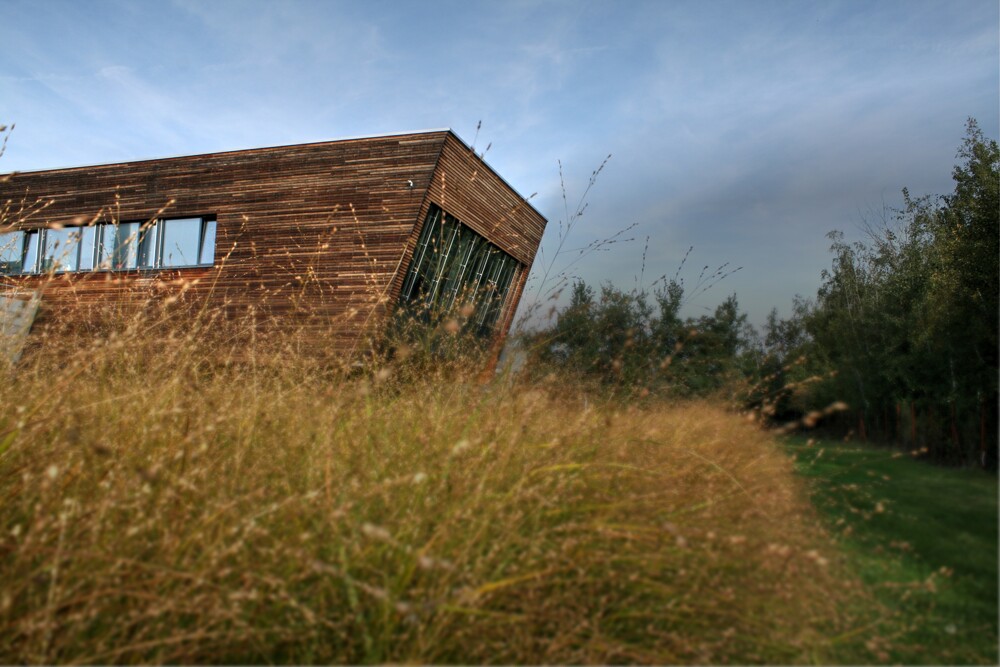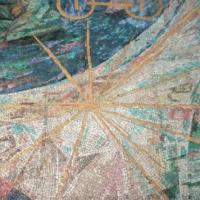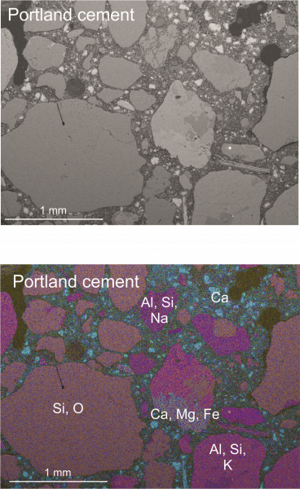

The CTU University Center for Energy Efficient Buildings uses an electron microscope (SEM-EDS) to observe the detailed morphology and chemical composition of new building materials, such as high-temperature gypsum and concrete with admixture of carbonate sludge. The equipment is also used to study new technologies or to characterize historical mortars.
The Laboratory of Electron Microscopy and Microanalysis of the Czech Technical University UCEEB investigates the possibilities of replacing part of the Portland cement in the binder with waste marble sludge generated during the mining and processing of limestone. Experiments with model cement pastes with admixture of marble sludge showed that for improving the mechanical properties of the binder, the optimal content of marble sludge in the mixture is 10-15%. Based on the observation of the microstructure of the cement pastes modified in this way, SEM-EDS made it possible to justify the changes in the mechanical properties with the increasing proportion of marble sludge.
Similarly, SEM-EDS contributes to the investigation of changes in the structure and properties of gypsum binders caused by high temperatures. Thanks to SEM-EDS, the self-healing of cement pastes using bacteria capable of producing CaCO3 can be very well documented. Thanks to the presence of Bacillus pseudofirmus bacteria, cuts in the model cement paste heal almost completely after only two months.
By using SEM-EDS in combination with other analytical methods, it was also possible to determine different types of inorganic binders and thus find out the different technology of production of fixing mortars of two dozen historical mosaics. During the past three years, it was possible to develop a methodology for the preparation of samples of building materials for SEM. Interdisciplinary cooperation with other workplaces is valuable.
For example, in the field of cultural heritage, based on a material survey, we managed to map the techniques of various producers of mosaics in the 19th and 20th centuries and to better classify some originally anonymous works of uncertain provenance.
This project is co-financed with the state support of the Grant Agency of the Czech Republic and the Ministry of Education and Culture, project No. LO1605.
